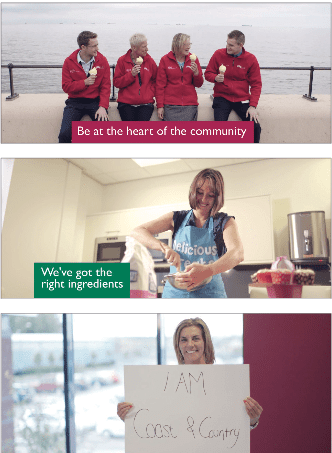We love producing great work for our clients and in-house concepts but it’s nice to receive some recognition from your peers that you’re doing something right.
So we are proud to be named on the shortlist for Best Large Agency in the UK Public Sector Communications Awards 2015
The UK Public Sector Communication Awards celebrate and reward excellent communication strategies and campaigns, teams and individuals in local and national government, emergency services and not-for-profit bodies from across the UK.
The awards take place on Thursday July 9 at The Emirates Stadium in London which is great news for our PR manager Chris Sealey, who’s an Arsenal fan.
It’s the latest acknowledgement of a strong year for #TeamDTW. In March we won the PRMoment award for Internal Communications Campaign of the Year jointly with Coast & Country Housing for the “I am Coast & Country campaign, based around our video.
This followed on from winning the CIPR North East’s Pride Gold award for the Hartlepool Vision project jointly with Hartlepool Borough Council.
We’re looking forward to it already!
#PSCAwards
PS – in other good news this week we’re back in PR Week’s Top 150 PR agencies in the UK – making an appearance at number 142 – which also puts us in the top 10 agencies in the north of England.





















